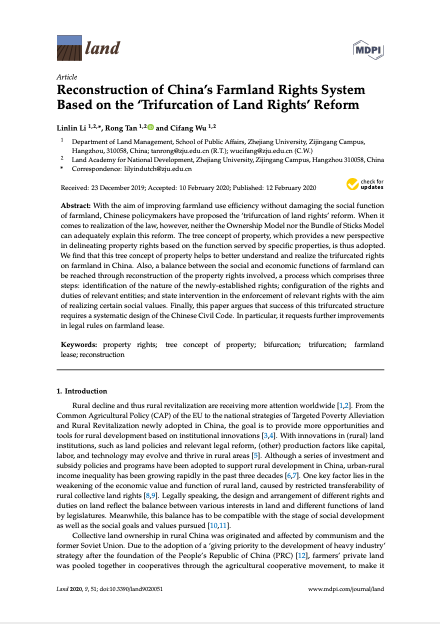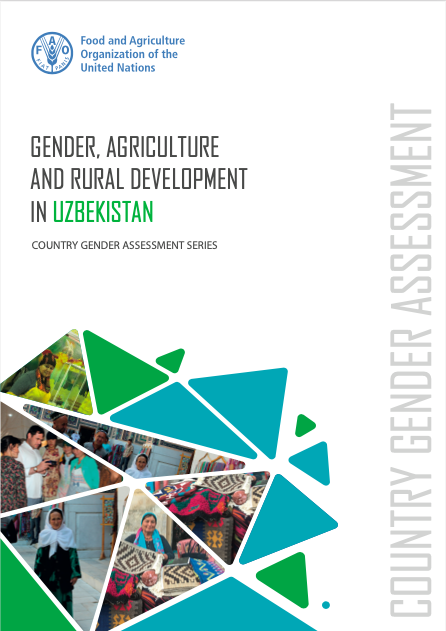L’agro-écologie en pratiques – Ed.2020
LES PRATIQUES AGRO-ÉCOLOGIQUES RENFORCENT LES SYSTÈMES AGRICOLES ET ALIMENTAIRES
La crise du Covid-19 révèle une fois de plus la vulnérabilité des systèmes alimentaires et leur manque de résilience : vulnérabilité de la production lorsqu’elle est dépendante de ressources importées (intrants, énergie…), vulnérabilité des consommateurs lorsque les marchés sont approvisionnés depuis des bassins de production éloignés, inégalité d’accès à une alimentation saine…









